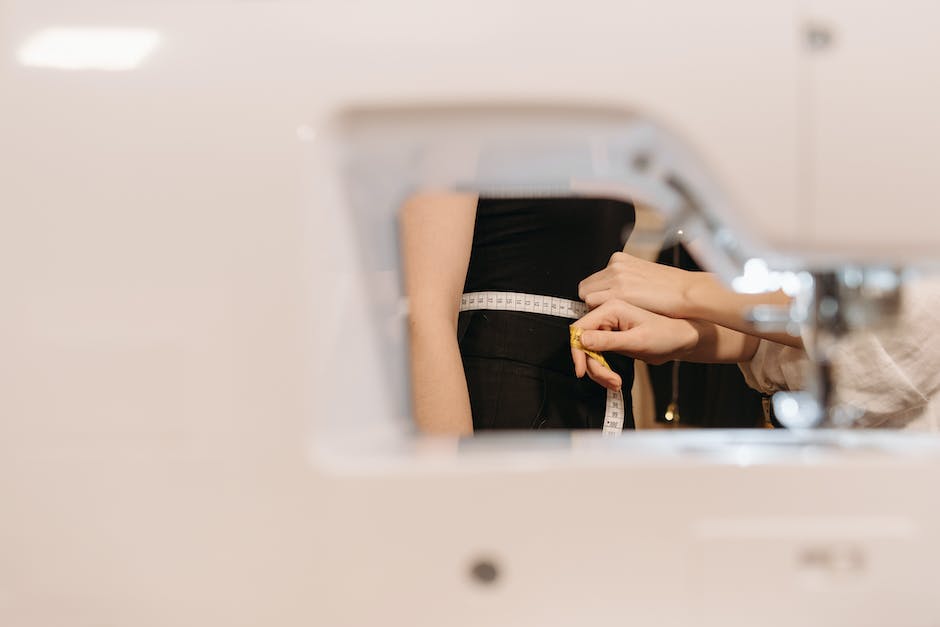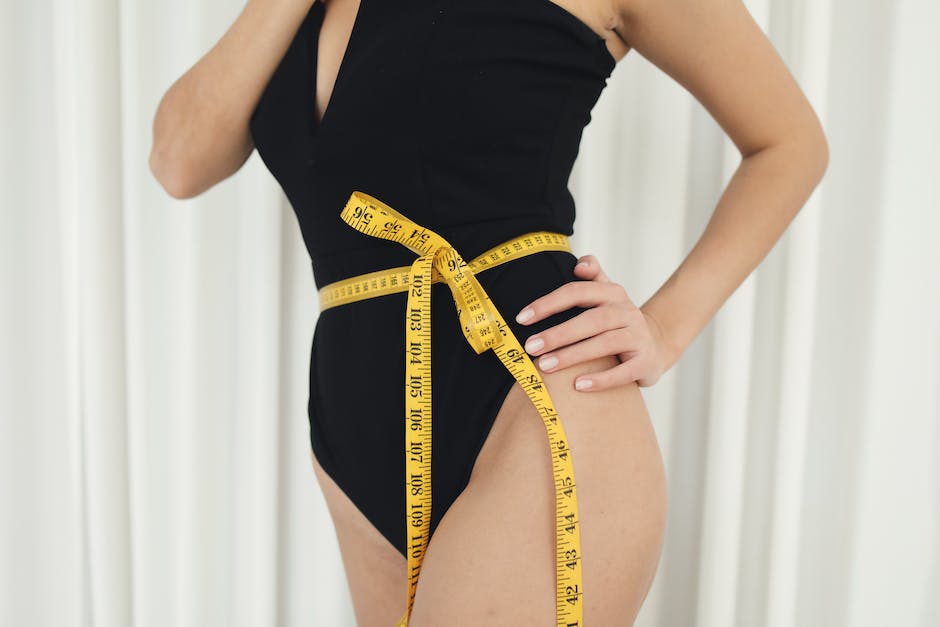In our everyday life, we often make use of standard units of measurement to quantify any quantity that we encounter, from the amount of sugar we put in our coffee to checking our weight or the height of our children. However, one form of measurement that people seldom understand is girth measurements. The importance of girth measurements is far-reaching, from helping tailor perfect fit clothing to better understanding your fitness and health status. As such, an understanding of girth measurements and the ability to accurately take them is a beneficial skill to have. In this reading, we will delve into what girth measurements are, the importance they hold in our lives, and touch upon the basic concepts related to this form of measurement. We will also shed light on the effective tools required for accurate girth measurements and where to buy them, and carefully explain the techniques to measure human body girth.
Understanding Girth Measurements
Understanding Girth Measurements
Girth measurements refer to the circumference of various parts of the body. These are taken using a flexible tape measure and are usually noted down in inches or centimeters. Standard girth measurement sites include the waist, hips, chest (for males), bust (for females), mid-upper arm, and thigh. Each site has specific standard points at which the measurements are taken. For instance, waist girth is measured at the narrowest point between the lower rib and the top of the hip bone, while hip girth is measured at the widest part of the buttocks.
Importance of Girth Measurements
Girth measurements are a crucial component of health assessments, fitness evaluations, and clothing size determinations. They provide an accurate insight into the distribution of body fat, muscle mass, and general body composition. For example, a large waist girth is often an indicator of harmful levels of abdominal fat, which is linked to a higher risk of conditions like heart disease and diabetes. Therefore, monitoring girth measurements alongside other parameters like weight and Body Mass Index (BMI) can give a clearer picture of a person’s overall health and fitness.
Basic Concepts of Taking Girth Measurements
To ensure accurate and consistent girth measurements, it is important to follow a few basic guidelines. First, measurements should be taken directly against the skin or over tight-fitting clothes, avoiding any loose layers that could distort the results. The tape should be level and snug around the body part, but not tight enough to compress the underlying tissue. All measurements should be taken at the end of a normal breath for standardization. It is also recommended to take each measurement at least twice to verify accuracy; if there is a significant discrepancy, additional measures should be taken. Lastly, regular and consistent measurement protocols should be used over time to track changes or trends effectively.
Remember, while girth measurements can be a valuable tool in monitoring health and fitness, they should always be considered as part of a wider set of indicators. Likewise, any concerning results should prompt a consultation with a healthcare provider for professional advice and guidance.

Choosing the Right Tools
Choosing the Right Tools for Girth Measurements
Girth measurements are typically taken using a flexible, non-stretchable tape measure, similar to the one used by tailors or seamstresses. The key is to use a tape that can easily wrap around the body part being measured but will not stretch or distort, as this could lead to inaccurate readings.
Among other tools available, a cloth or plastic (vinyl) measuring tape is preferred over metal ones as they’re more comfortable and adaptable to the body’s curves. Furthermore, they should contain both inches and centimeters for versatility.
To use the tape measure efficiently, measure the girth at the widest section for accuracy, unless specific instructions for a particular measurement dictate differently. Make sure the tape is held flat against the skin or light clothing and is held snugly but not so tight that it compresses the underlying soft tissue. For consistency and accuracy, always take measurements at the same place each time.
Where to Purchase These Tools
Tape measures for girth measurements can be purchased at multiple locations. Many sporting goods stores will have them, as will larger general retailers such as Walmart or Target. They can also be found at sewing or craft stores.
However, a wider selection might be found online. Websites like Amazon provide extensive options with the convenience of direct home delivery. Medical supply stores online often have a variety of options specifically meant for taking body measurements more accurately.
Remember, it’s not necessary to buy the most expensive model available. The key is finding a well-made, durable tape measure that is easy to wrap around the body part being measured and provides clear and accurate measurements.

Techniques for Taking Girth Measurements
Purpose of Taking Girth Measurements
Understanding how to take girth measurements correctly is crucial for various reasons including tailoring, fitness and health evaluations and tracking body composition changes. It gives a quantitative value to understand the size of different body parts. These measurements are generally taken using a soft, flexible, non-stretchable tape measure.
General Techniques for Taking Girth Measurements
Before you start, wear minimal clothing to obtain the most accurate measurements. Stand in front of a mirror, if possible, to ensure correct placement of the measuring tape. The tape should be held securely but not too tight, as it can lead to inaccurate measurements. Ensure that the tape is parallel to the floor and read the measurement to the nearest quarter (1/4) inch.
Taking Measurements of Individual Body Parts
Chest Girth Measurement
The chest measurement is taken around the broadest part of the chest, usually at nipple level. It’s crucial to keep the tape leveled, without compressing any soft tissue. For women, this measurement should not be taken on a padded or push-up bra.
Waist Girth Measurement
Waist measurement is taken at the smallest part of the torso, usually just above the belly button. Hold the tape against the skin at the level of your natural waistline, which is located above the hip bone and below the rib cage.
Hip Girth Measurement
This measurement is taken around the widest portion of the buttocks. Keep the tape level and make sure it’s over the largest part of your hips, below the hip bone.
Thigh Girth Measurement
The thigh measurement is taken just below the buttock or at the maximum circumference of the upper leg. Again, keep the tape parallel to the floor.
Calf Girth Measurement
Measure the calf at its maximum girth, often at the level of the largest visible muscle.
Arm Girth Measurement
Measuring arm girth typically involves wrapping the tape measure around the largest part of the upper arm, generally midway between the shoulder and elbow.
Neck Girth Measurement
The neck measurement is taken just below the larynx, with the individual keeping their head squarely facing forward.
Remember to maintain consistency when taking girth measurements, particularly when tracking changes over time. Always measure at the same spots every time for accuracy.

Interpreting Girth Measurements
Understanding Girth Measurements
Girth measurements refer to the circumference of various parts of your body. They are often used in fitness and health assessments as indicators of body composition and can reveal a lot about one’s overall physical health. The measurements are taken using a tape measure and are usually recorded in inches.
Girth Measurements Standards
Standard measurements can vary widely depending on factors such as sex, age, and body type. Generally, for adults, the following are considered common measurements:
- Waist: Men typically range from 37-40 inches, and women from 27.5-31 inches.
- Hips: Men typically fall between 37-40 inches, women between 38-42 inches.
- Bust/chest: For men, it is usually between 38-41 inches while for women, it is between 35-38 inches.
- Arms: Typically around 13 inches for men and 11.5 inches for women.
- Thighs: Around 24 inches for men and 22 inches for women.
However, these are considered average measurements, and variations do exist. It’s critical to compare your measurements against averages for your specific age, sex, and body type, rather than viewing them in isolation.
Interpreting Girth Measurements
Interpreting girth measurements can provide insights into various health factors. An increased waist circumference, for instance, can indicate a larger amount of visceral fat, which surrounds your internal organs. This could be a sign of potential health problems, like Type 2 diabetes or cardiovascular disease.
The Waist-Hip Ratio (WHR) is commonly used to assess body fat distribution. It’s calculated by dividing the waist measurement by the hip measurement. A WHR higher than 1.0 in men or 0.85 in women suggests that there’s a higher risk of cardiovascular disease and other obesity-related health issues.
Significantly smaller or larger arm or thigh measurements could potentially be indicative of a lack of muscle mass or an excess of fat, respectively.
Girth Measurements and Fitness
In terms of fitness, girth measurements are often used to track changes from exercise and diet regimens. Reductions in waist or hip size signal fat loss, while increases in arm or thigh size could indicate muscle gain. However, the weight can fluctuate and doesn’t necessarily indicate progress, making girth measurements a more reliable metric.
Overall, girth measurements are an essential tool in understanding your body’s overall health and fitness status. While variations from average measurements aren’t inherently negative, significant deviations could suggest potential health issues. As always, consult a healthcare or fitness professional when interpreting these measurements for optimal health.
Still, they provide a more comprehensive picture of one’s physical health beyond numbers on a scale. It’s important to remember that individual body compositions can vary greatly, and what is healthy for one person may not be for another.

Ultimately, the key to taking accurate girth measurements lies in the precision of technique and correct use of equipment. Knowing where to place the measuring tape and how tight it should be can vary the results significantly. It’s therefore necessary to follow the process closely and practice regularly for obtaining reliable measurements. Furthermore, understanding how to interpret these measurements is equally crucial. With standard measurements, individuals can get insightful details about their health and fitness or even spot potential health risks early. To wrap up, girth measurements are not only vital in the fashion industry for tailoring the perfect fit clothes, but they are also essential for maintaining optimal health and fitness. So, get your measuring tape and start your journey towards better health and perfect fit clothes.
